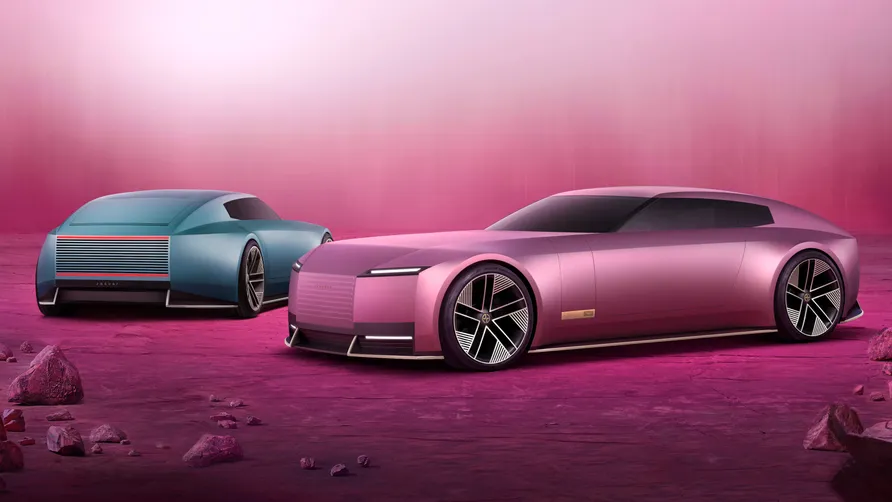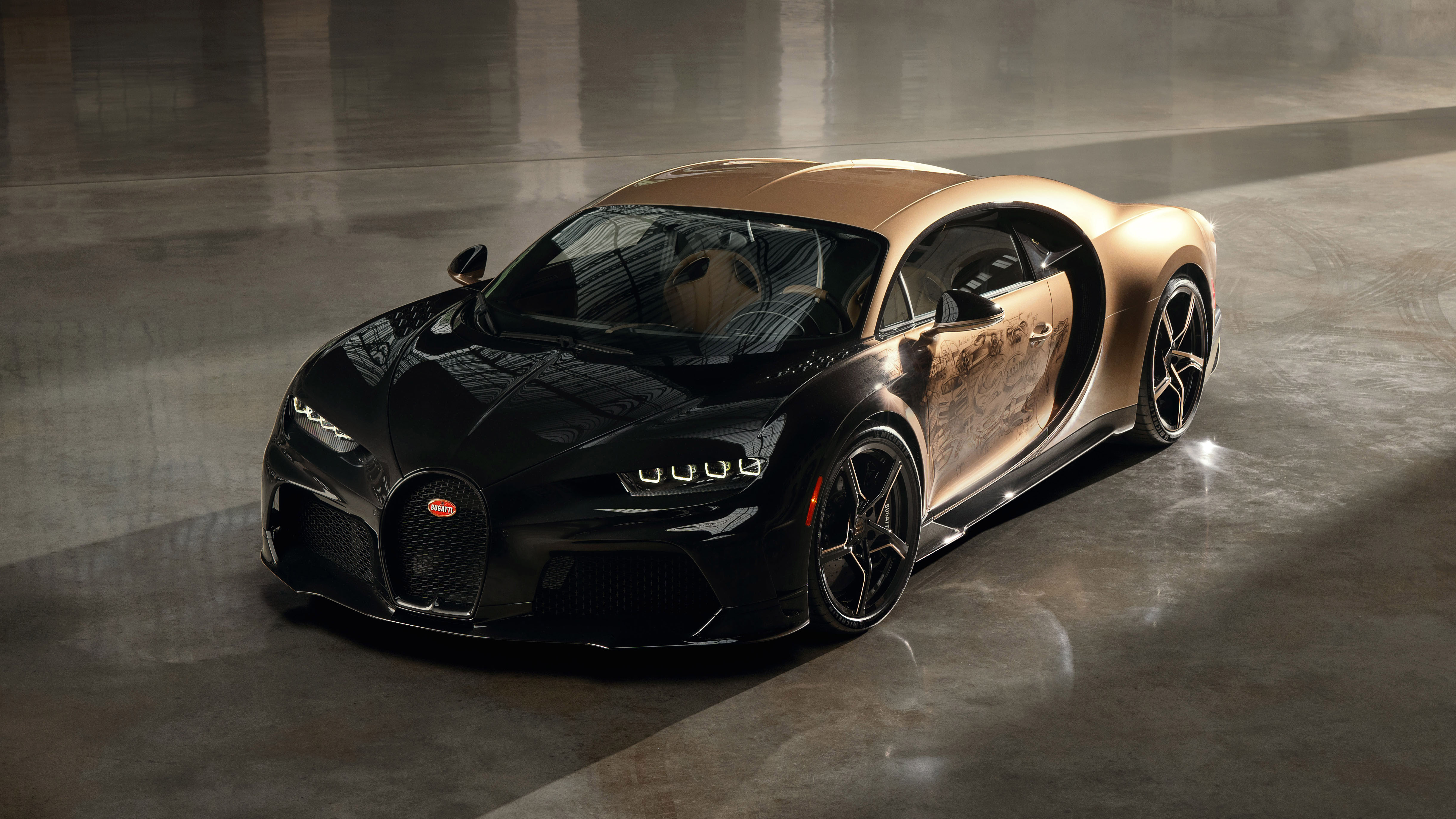Bugatti’s rich lineage of open-top performance icons is revered the world over. Influenced by a standard
of engineering that pushes established boundaries, challenges design norms and sets new benchmarks, the development of the W16 Mistral opens a new chapter in the brand’s unmatched roadster legacy..
For well over a century, Bugatti has been responsible for bestowing to the world some of the finest roadsters ever created. Jean Bugatti in particular was the driving force behind many of these revered models. Created between the mid-1920s through to the late 1930s, Bugatti’s open-top automobiles were built in small numbers and with an absolute dedication to perfection. This includes the Type 40 A, the Type 41 Roadster Esders, the Type 55 Roadster and the iconic Type 57 Roadster Grand Raid Gangloff.
The W16 Mistral1 is a Bugatti tour-de-force; an automobile from Molsheim that is evocative, compelling and highly significant on many levels. This is, after all, Bugatti’s first roadster since the Veyron Grand Sport Vitesse which premiered in 2012 – and it is also the last road-going Bugatti model that will be powered by the brand’s legendary W16 engine. It’s for these reasons – and many more – that the development program of the W16 Mistral needed to be immersed in absolute engineering excellence; in essence, it needed to be far more than simply a re-development of the Chiron2.





Crafted around the definitive 1,600 PS incarnation of Bugatti’s W16 engine, the W16 Mistral offers exquisite craftsmanship and luxury that is unlike any other open top car. In its design and engineering it is completely bespoke; the existing monocoque has been reengineered and reshaped to create a more rounded silhouette that fully complies with stringent crash regulations even though the car has no roof.
As a result, a perfect matrix of flawless engineering attributes fusing performance, comfort, safety, dynamics, handling and drivability had to be delivered for the development of the car. Emilio continues: “One of the primary challenges was to meet the goal of creating a roadster that has a top speed of 420km/h and mixing this performance-defining quality with an experience in the cabin that is luxurious, refined and assured.”
This objective required careful practice of Bugatti’s ‘Form Follows Performance’ mantra, with each component designed not just to set new standards for beauty, but to also play a role in achieving completely new levels of performance. The key was to make the roadster’s architecture as rigid but lightweight as possible, so that the car’s driving dynamics would be similar to those of the Chiron. Staying true to its roadster roots, the W16 Mistral is a hyper sports car that is dynamic, agile and responsive, which meant the development team employed ultra-high performance lightweight composite materials and complex structures to minimize mass while at the same time increasing the rigidity of the chassis. This approach was also adopted for the doors of the W16 Mistral, which were a key focal point during development, featuring an innovative architectural arrangement that allows them to absorb an exceptional amount of energy in the event of a side impact, thus keeping the driver and passenger safe and secure.

Due to the new exterior design of the roadster, an all-new and highly advanced air intake system had to be created specifically for the W16 Mistral. Meanwhile innovative ram induction air scoops located behind the headrests were also designed and developed with stringent – but highly important – rollover safety tests in mind. Each ‘scoop’ is made from a bespoke carbon fiber structure that can support the whole weight of the car in case of a roll over. This new intake layout also enriches the driver’s W16 experience, emphasizing the orchestra that plays from the legendary 8-liter powertrain. It is an unmatched aural
sensation in the automotive world.





